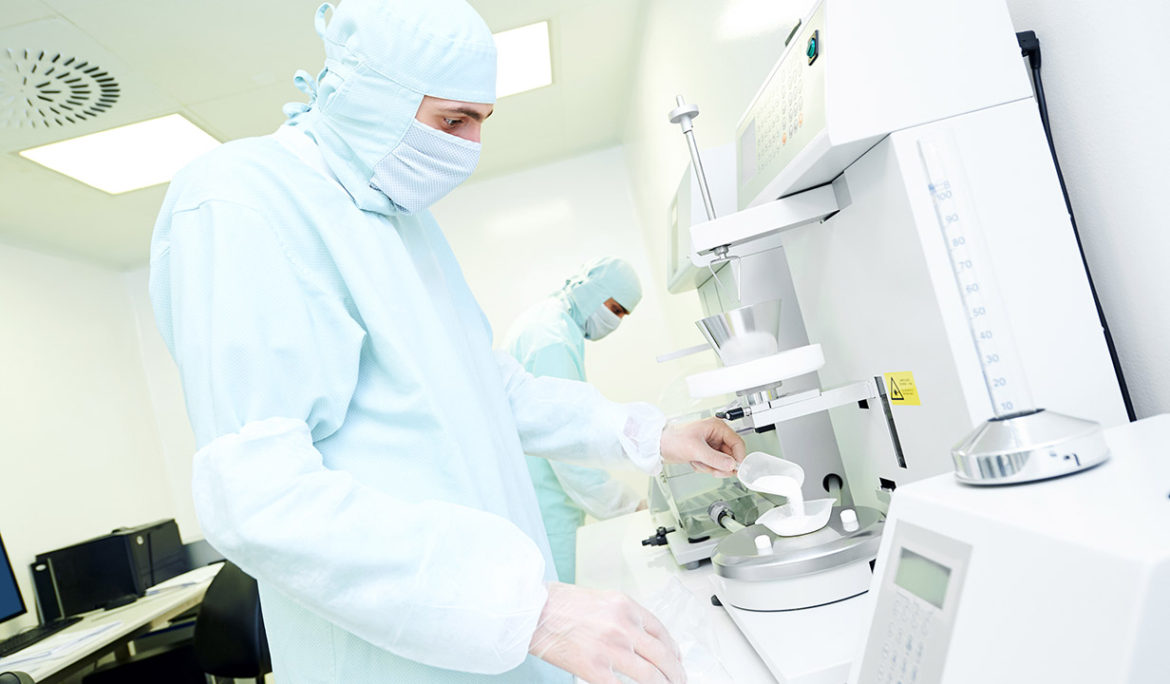An Introductory Guide To The Dry Granulation Process

Granulation is the process of enlarging particles with the help of an agglomeration technique that takes place in the pharmaceutical industry. Additionally, as the name suggests, the granulation process is the process of the production of granules in general too. In the pharmaceutical industry, the granulation process implies the techniques that are used to combine powdered particles of medicines or drugs to form larger medicine ones that can be called granules. There are a lot of primary parameters that influence the granulation process – flow characteristics, density and particle size. The granulation process is employed when the raw material powder or blend exhibits different behavioural properties that often hinder the manufacturing process. There are also two types of granulation processes that are taken care of by different types of granulation equipments. The two types are – Wet Granulation Process and Dry Granulation Process.
The dry granulation is the process of forming particles or granules from a dry powder or powder blend without the involvement of any liquid or any other aid in the process. It serves as an established process of manufacturing in the chemical industry, life sciences industry and pharmaceutical industry and also plays a crucial role in the preparation of powdered materials that can be used for further processing.
In this blog, we will be discussing an overview of dry granulation, and the advantages of the dry granulation process.
To begin with, let us talk about what dry granulation is. In the dry granulation process, granules of the kind of quality you need in terms of density, particle size and length, and porosity are produced in a process of two steps with the help of compacting and a milling step. There is, however, no need for a subsequent drying process with the addition of binders.
There are various advantages of the dry granulation process. Let us discuss them in detail –
- The dry granulation equipment requires a smaller space – In a processing facility, an abundance of floor space is a premium thing to have. In comparison to the wet granulation equipment, the dry granulation equipment takes up much lesser space.
- Versatile operational process – Unlike the wet granulation process, the dry granulation process is able to accommodate both batch and continuous operations. This leads them to be a much more flexible and efficient process to uptake for small-scale or even large-scale productions of granules.
- More cost-effective – In the facilities that process material, there is not a lot of scope in maximising profits and hence it is quite critical to adopt more cost-effective pieces of equipment and technologies. The dry granulation process is a rather inexpensive method of processing powders and blends. It does not require any liquid binding agents, which adds to saving costs and eliminates the need for separate moisture addition and material drying steps. This helps in saving a lot of costs in terms of materials, labour and energy.
You can look for a plethora of different types of granulator machines for pharmaceuticals and browse through them on our website at fve.international. You can also browse through the range of different products and pieces of equipment that are available at F+ Healthcare in order to seamlessly set up your business in the pharmaceutical industry.

